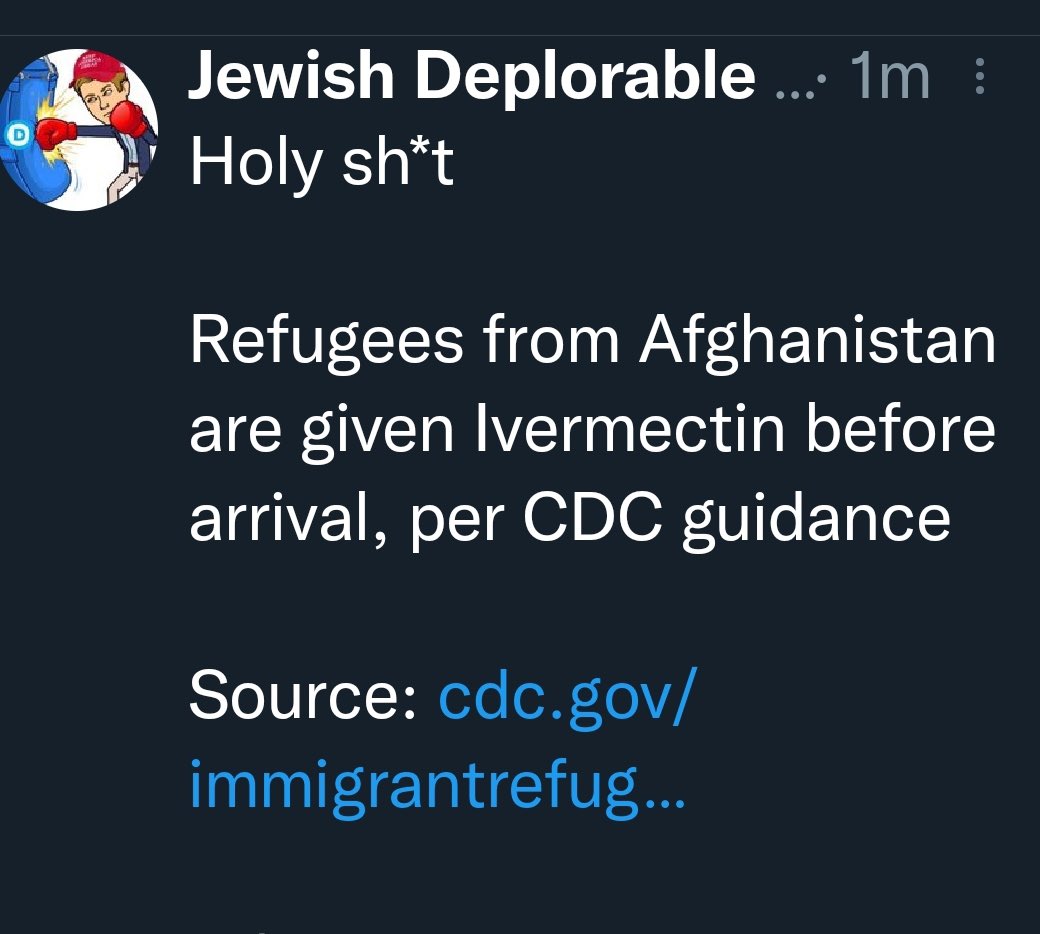Background
- Ivermectin is the drug of choice for strongyloidiasis. CDC presumptive overseas ivermectin treatment was initiated in 2005.
Presumptive Treatment
- Most refugees receive overseas pre-departure treatment with ivermectin before departure, unless contraindicated (see Tables 1 and 2). A relative contraindication is confirmed or suspected concomitant infection with Loa loa, because persons with pre-existing Loa loa infection and a high microfilarial load are at risk of complications when treated with ivermectin. For this reason, refugees who have lived in areas endemic to Loa loa do not receive pre-departure presumptive treatment with ivermectin (see Loa loa section below). Additional information on treatment schedules for presumptive parasitic infections is available on the CDC Immigrant, Refugee, and Migrant Health website.
- Most refugee children weighing more than 15 kilograms receive presumptive treatment with ivermectin before resettlement, unless contraindicated (see Tables 1 and 2). Children weighing 15 kg or less have a lower likelihood of infection and therefore do not receive presumptive treatment.
Post-arrival Management
- Asymptomatic refugees who did not receive overseas presumptive ivermectin treatment may be presumptively treated at arrival, or screened (“test and treat”) if contraindications to presumptive treatment exist or ivermectin is unavailable.
- A “test and treat” approach for strongyloidiasis should include a Strongyloides IgG serology. Stool ova and parasite testing, similar to STH testing, may also be done in conjunction. Notes on screening:
- Stool ova and parasite testing lacks sensitivity for Strongyloides infection and should not be used to rule out infection.
read more:
https://www.cdc.gov/immigrantrefugeehealth/guidelines/domestic/intestinal-parasites-domestic.html


Replies